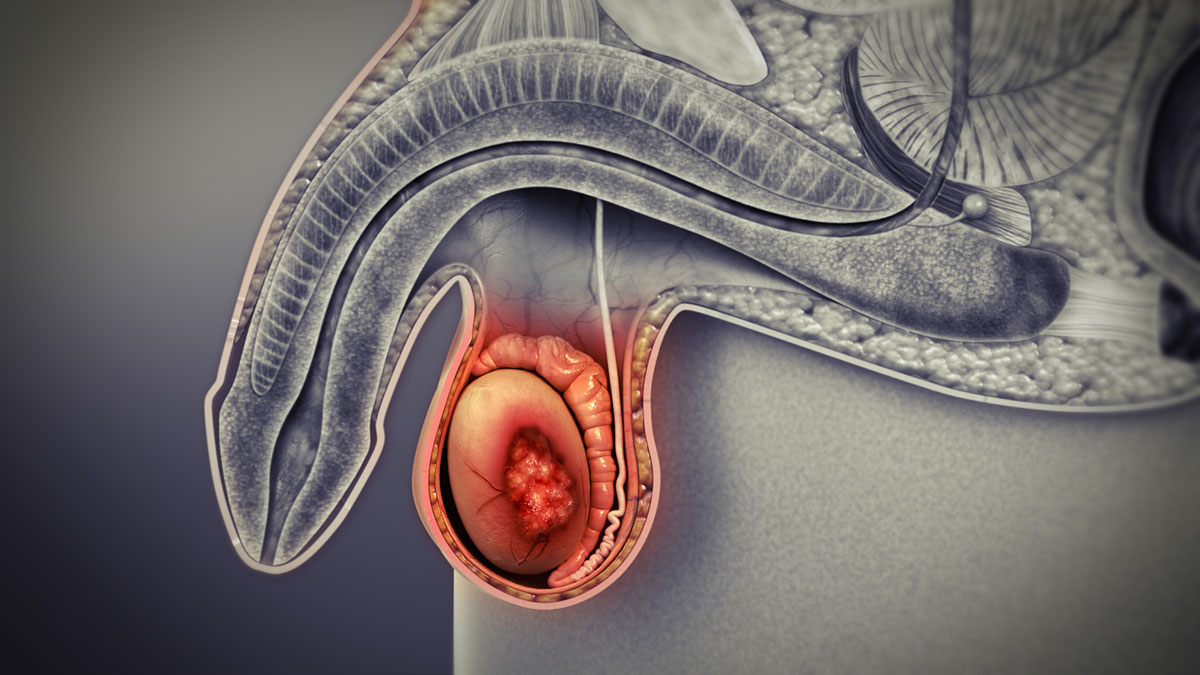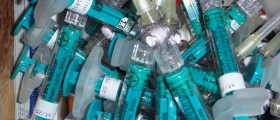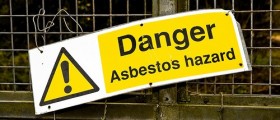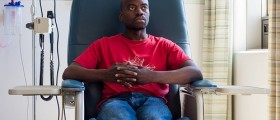
Testicular cancer is a malignant tumor affecting and originating from the male reproductive organ the testicle.What are Risks Factors for Testicular Cancer
Even though it is possible to develop testicular cancer without suffering from any condition that may easily trigger the formation of the tumor, many times testicular cancer actually develops as a consequence of some underlying health issue or due to the injury to the testicle. Even if some of potential risk factors are present, nobody can say for sure whether the person will eventually end up with testicular carcinoma and what the chances to develop this malignant disease actually are.
One of the major contributors to testicular cancer is undescended testicle. This condition is characterized by improper location of the testicle. The organ is located somewhere in the abdomen or in the inguinal canal instead of being localized in the scrotum, where it normally belongs. Such patients are several times likely to develop testicular cancer compared to healthy men.
Furthermore, in men in whom there is a family history of the disease, the risk of developing testicular cancer is relatively high. Also, some evidence point to HIV/AIDS as potential triggers of testicular cancer. No other viral infection has been connected to this malignant disease.
Additionally, it is essential to mention that man with a history of a testicular cancer are highly likely to develop cancer of the other testicle.
According to available data 9 out of 10 cases of testicular cancer affect men between the age of 20 and 54. The tumor may, however, be diagnosed even in infants or elderly men. What is more, white men seem to be more prone to this type of cancer compared to black men and they also develop the tumor 3 times more than Asian-American and American Indian men.
Finally, there are several more theories regarding potential triggers of testicular cancer, all of which have not been confirmed yet. For instance, even though scientist used to believe that previous trauma to the testicle may trigger cancer, it now appears that these two are not connected. Also, some believe that strenuous physical activity may increase the risk of this type of cancer. Fortunately, many studies have not proven this theory.
Treatment Decisions - Choose Wisely
Depending on the type of testicular cancer as well as the stage of the disease doctors may opt for three treatment modalities or even combine them together. These include surgery, radiation therapy and chemotherapy. All of them have advantages and side effects which are taken into consideration when creating a treatment plan.
Surgery is still the first option doctors go for after diagnosing testicular cancer, especially if the disease is in its initial stages. It includes removal of the affected testicle or both testicles if there is tumor affecting both organs. Depending on the type of cancer, stage of the disease and imaging methods patients regularly undergo (CT scan of the pelvis, for instance) there may be a need to perform dissection of lymph nodes of various regions such as inguinal or retroperitoneal lymph nodes. One of common side effects of surgery is infertility. Men who want to have children are recommended nerve-sparing surgery and they are also referred to sperm banks. Finally, since many times such men experience low self-esteem due to surgical removal of the testicle/testicles, they may benefit a lot from a surgically implanted testicular prosthesis.
Radiation therapy is performed in the form of external beam radiation. This treatment approach is basically engaged only in case of seminomas, tumors highly sensitive to radiation. Non-seminoma testicular cancers seem not to respond well to this treatment. Radiotherapy may also be used after surgical removal of the testicle when doctors want to sterilize retroperitoneal lymph nodes that might be affected by cancer cells.
And finally, chemotherapy is definitely one of the most successful treatments when it comes to testicular cancer. Certain chemotherapeutics may help patients even if they have entered advanced stages of the disease such as lung metastases. So, this treatment is basically indicated once the tumor is confirmed to affect distant organs and organ systems. There are many different chemotherapeutic agents, some of which are highly efficient if combined.
Testicular Cancer Survival Rates
By definition, 5-year survival rate is the percentage of patients who have managed to survive 5 years (at least) after being diagnosed with the malignant tumor regardless the treatments that have been applied. In case of testicular cancer many patients live much longer than 5 years. The tumor may respond well to different treatment options.
As it has already been mentioned some types of testicular cancer may even respond well even if the cancer cells spread all over the body i.e. affect distant organs such as the lungs. Now, since medicine is in the process of constant progression and development, one day even more powerful chemotherapeutic agents will allow such patients to live even longer if not to be completely cured. The prognosis depends on several factors some of which are histological type of the tumor, stage of the disease, patient's age, involvement of lymph nodes and patient's general health.
All in all, if the disease is localized, 5-year relative survival rate is 99%. Patients with regional disease have 96% to stay alive for the following 5 years. And those with disseminated disease have 72% to stay alive during this period of time.

















Your thoughts on this
Loading...